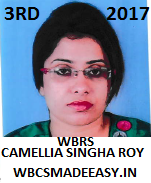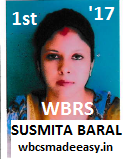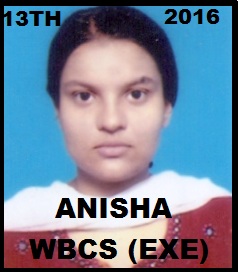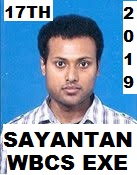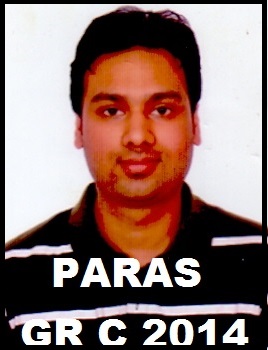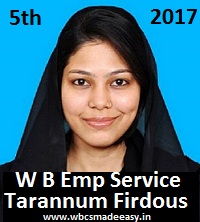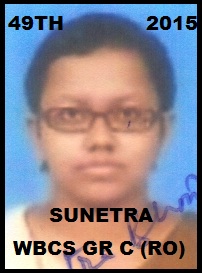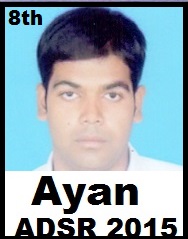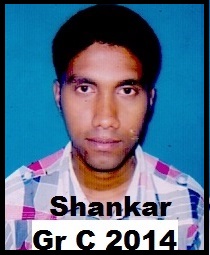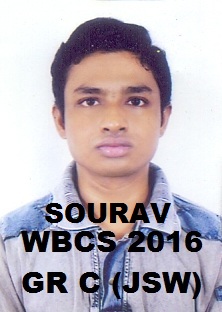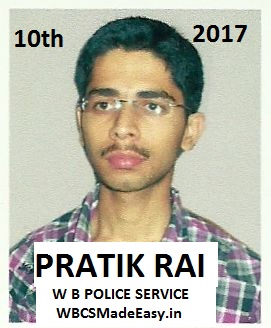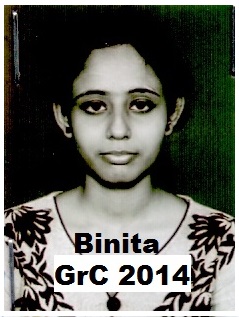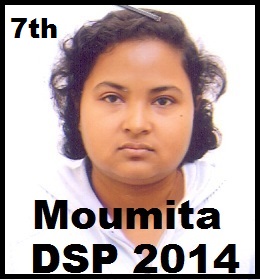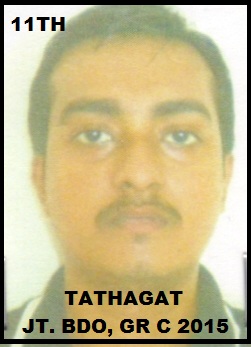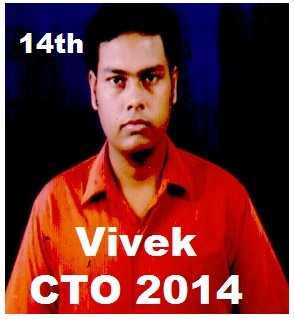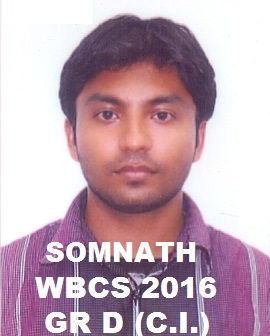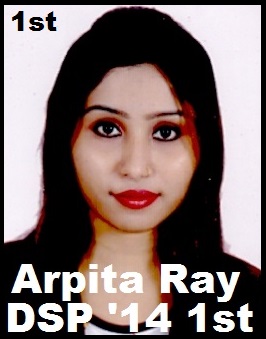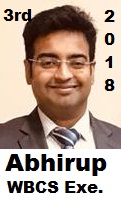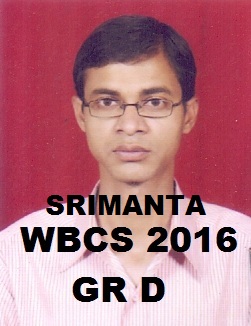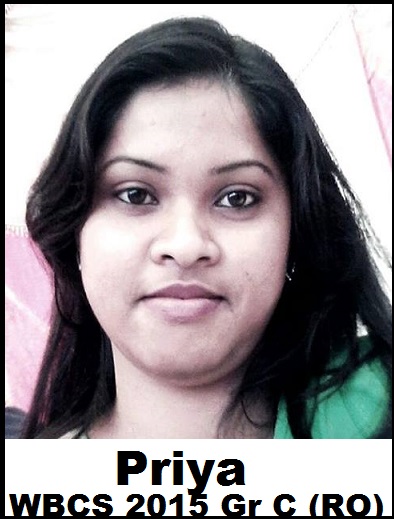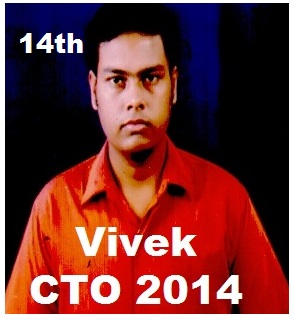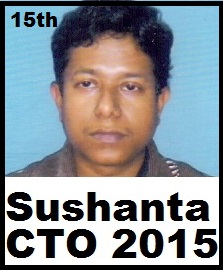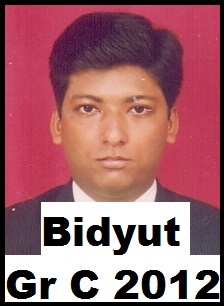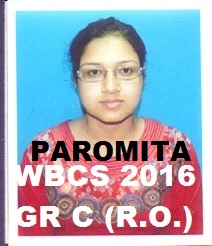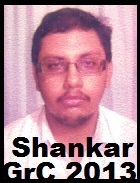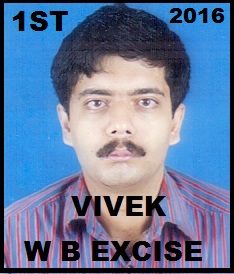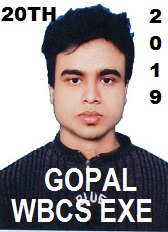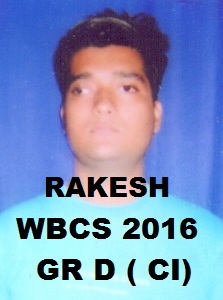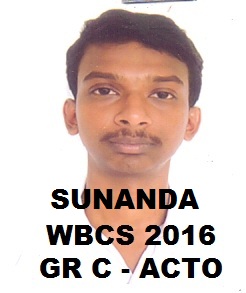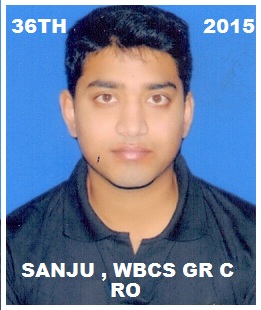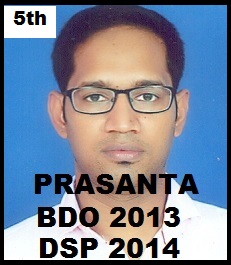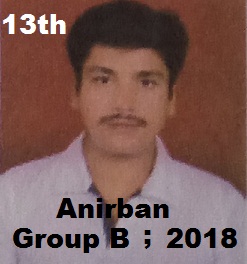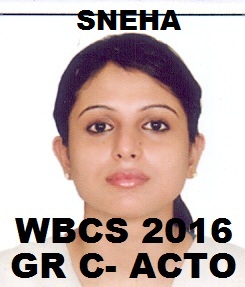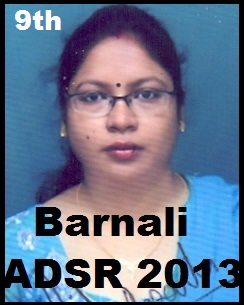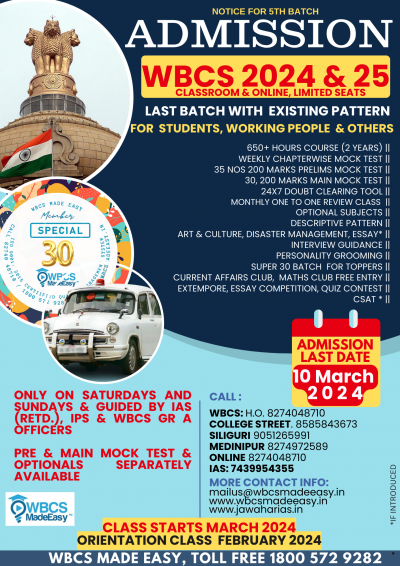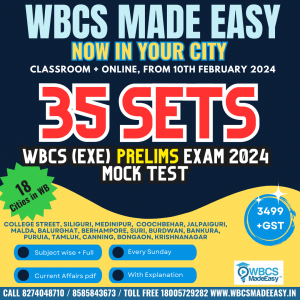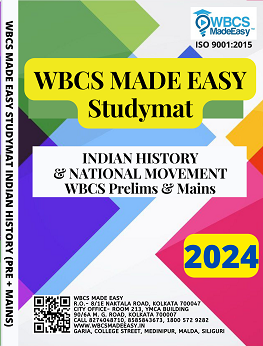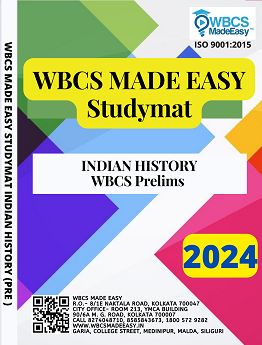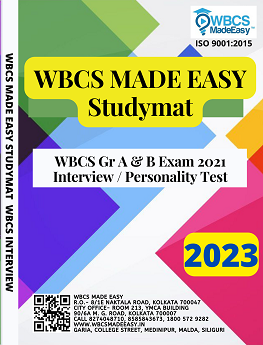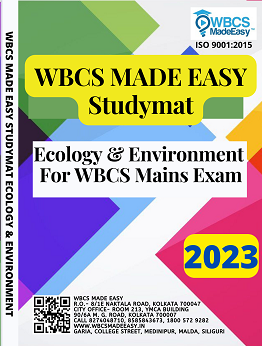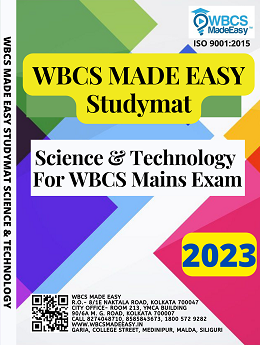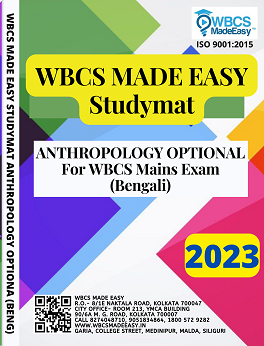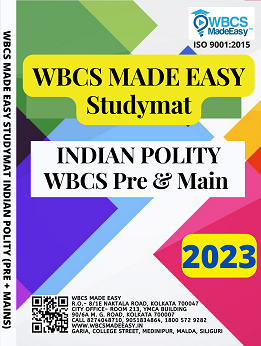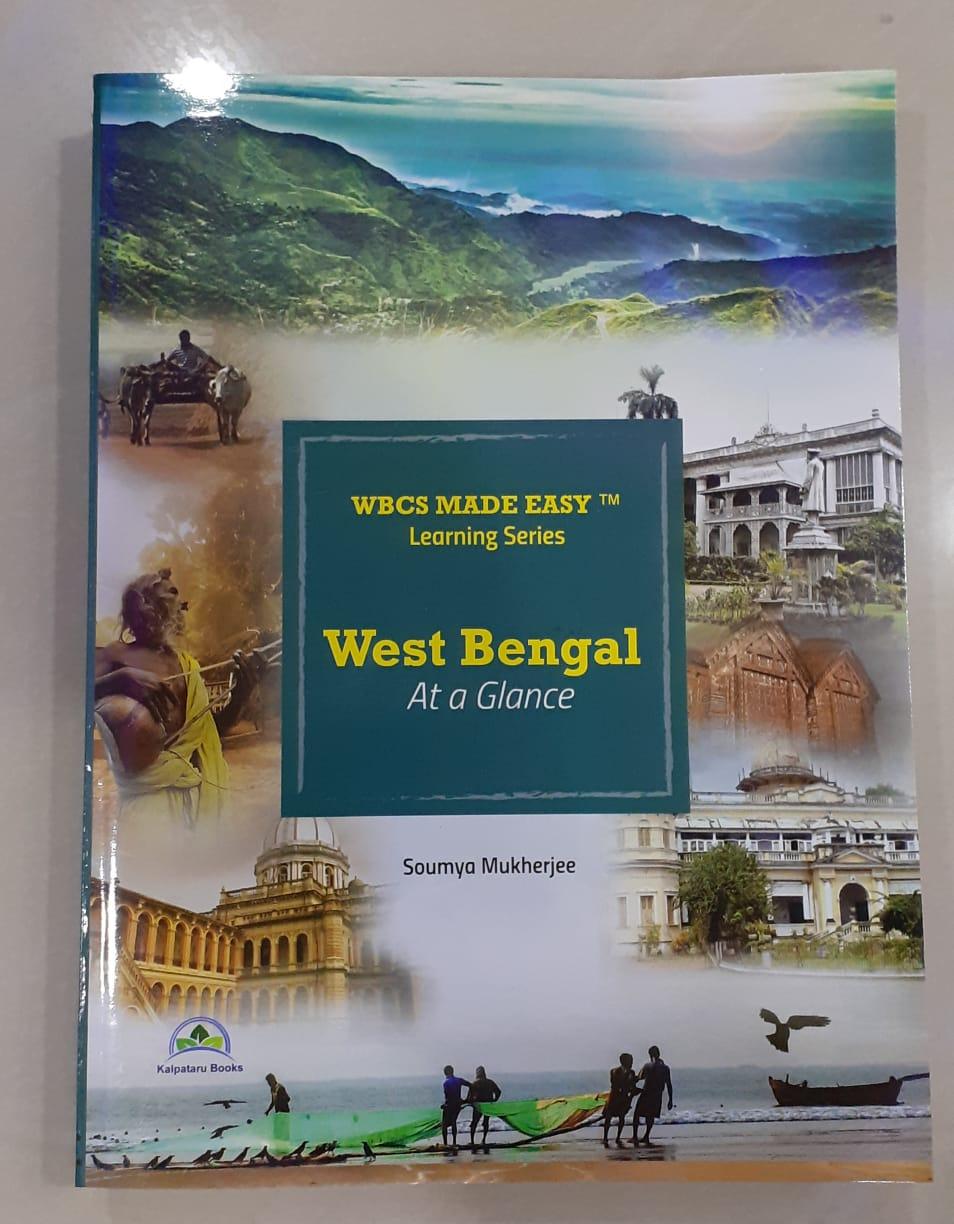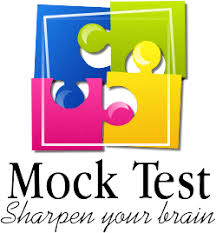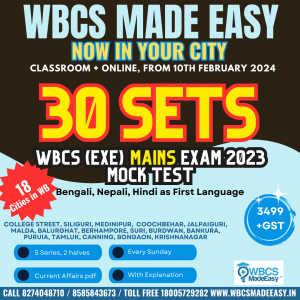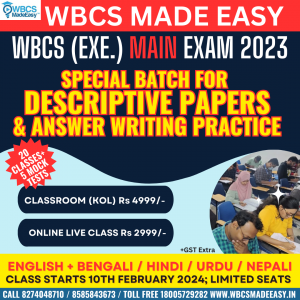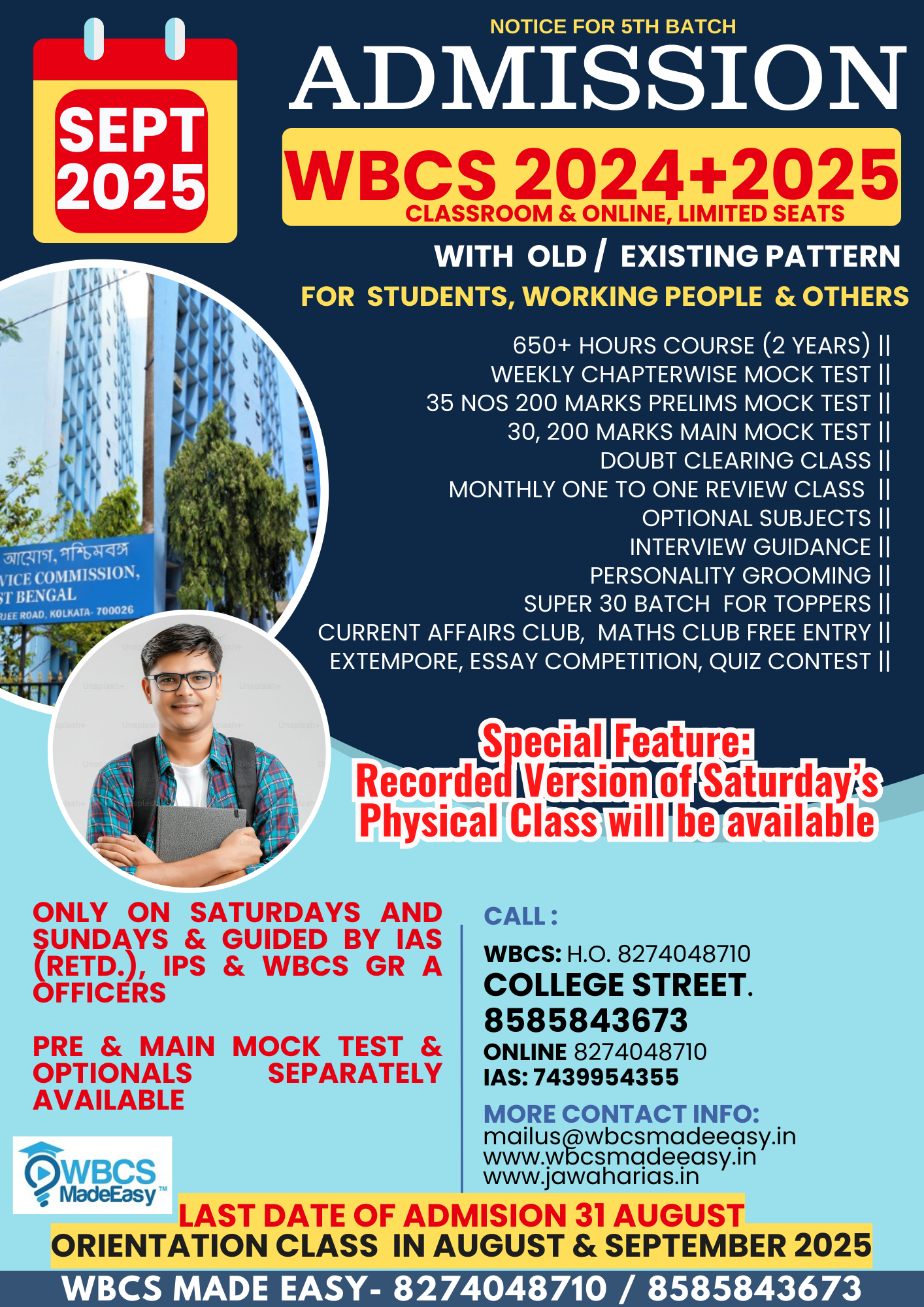Caste counting: should it change?
Census Conduct and Methodology
• The first phase, house-listing, will be conducted between April to September 2026.
• The second phase, population enumeration, will be conducted in 2027.
Case Recording
• The last Census to record an individual’s caste was the 1941 Census, which was outdated due to economic constraints of the Second World War.
• Prime Minister Narendra Modi stated that caste enumeration is a step to bring the marginalized and those left behind into the mainstream.
Problems with the Questionnaires
• Questions included in the draft questionnaires for the 2021 Census may remain the same for the 2027 Census.
• Data on migration may be important to assess whether people of certain castes are more prone to migration.
• There is a need to make the Census leaner by dropping unnecessary questions.
Data Collection Methods
• Information on specific castes can be ascertained through literacy/educational levels, age at marriage, mother tongue and other languages known, status of the individual as the main worker, marginal worker or non worker, seeking/available for work, broad classification of industry/occupation of the workers, place of birth/ previous residence, and data on child birth and survival.
• Data on unemployment derived using the response to the question “whether seeking/available for work” suffers from conceptual issues and lack of attention in data collection.
• Information on ‘child births and survival’ collected in the Census suffers from serious quality issues.
• Information on migration may be of use to assess the socio-economic status of various castes.
Restructuring Census Questionnaires
• The house listing phase of the Census aims to prepare a list of all dwelling units where people are living or are likely to be living at the time of the Census.
• Questions related to housing quality, amenities, and assets owned have been asked during this phase from 1991 onwards.
• Transferring these questions from the house-list schedule to the household schedule would help link information on quality of housing, amenities, and assets to other aspects of the population easier.
• This would also help enumerators focus on listing all buildings, whether residential, partly residential, or nonresidential, along with the number of people living in them.
• Improved house-lists would help in better coverage of the Census, especially in urban areas with higher omission rates.
• The Census should provide answers to the above questions, disaggregated by caste, to identify marginalized communities and the extent of disparities between them.
• Some questions on amenities available to the household or assets owned by them may have become redundant.
• A shorter questionnaire would help the enumerator concentrate on getting more accurate responses to the questions.
• The Census has been providing caste/tribe wise data on several socio-economic variables, but it has not been used to identify the most backward castes/tribes for similar exercises that could aid policy/program formulation.


 +919674493673
+919674493673  mailus@wbcsmadeeasy.in
mailus@wbcsmadeeasy.in



